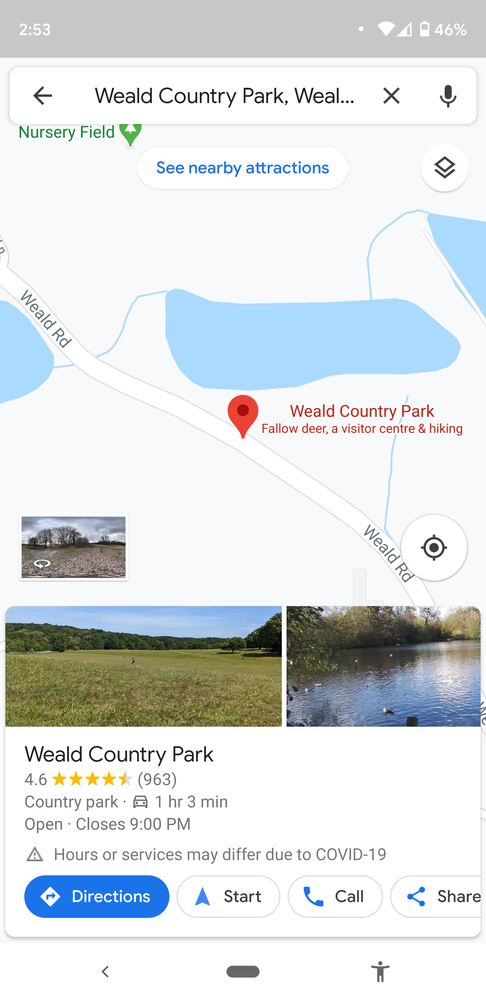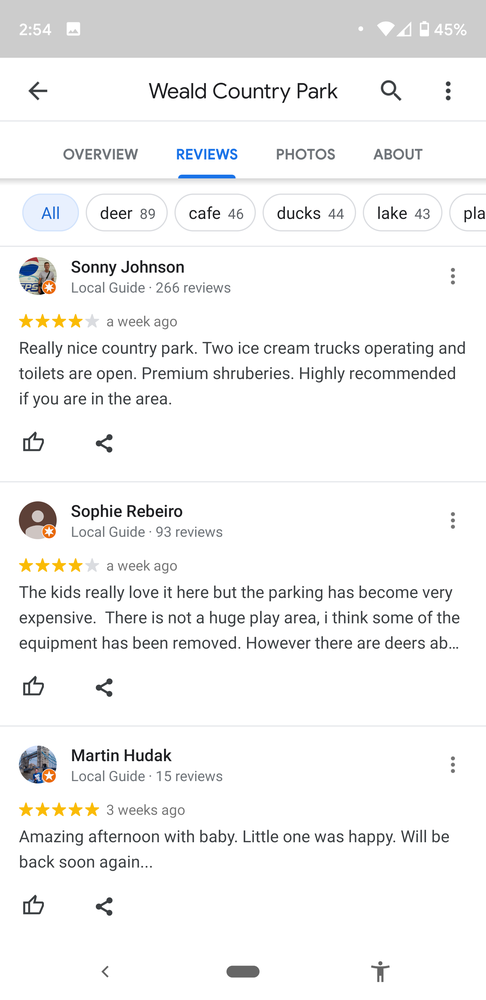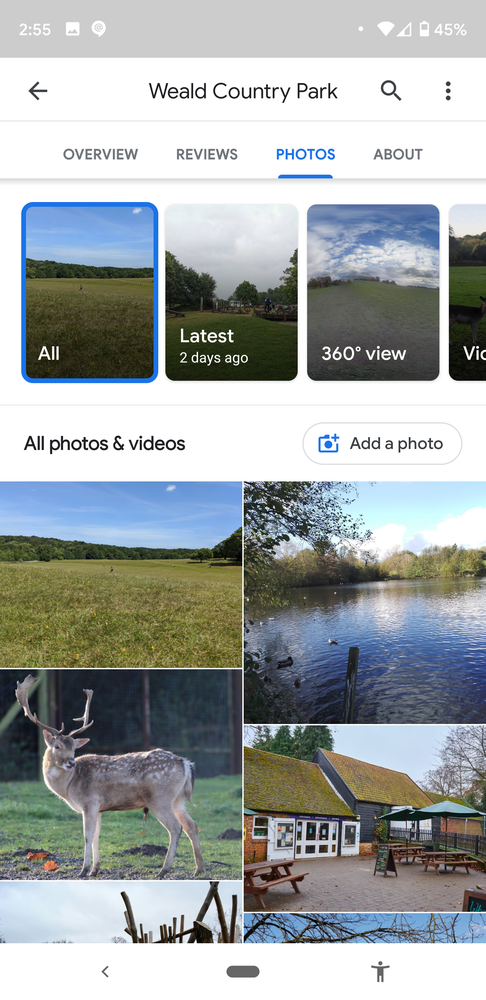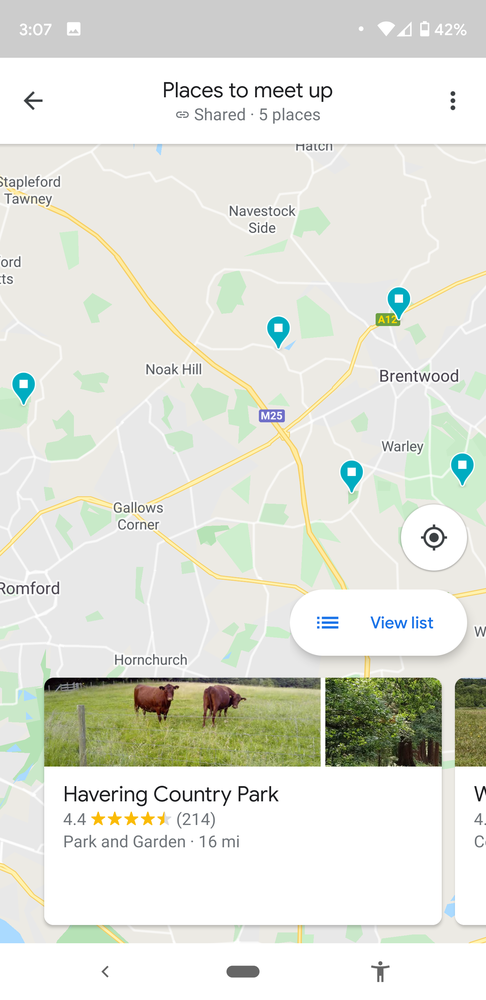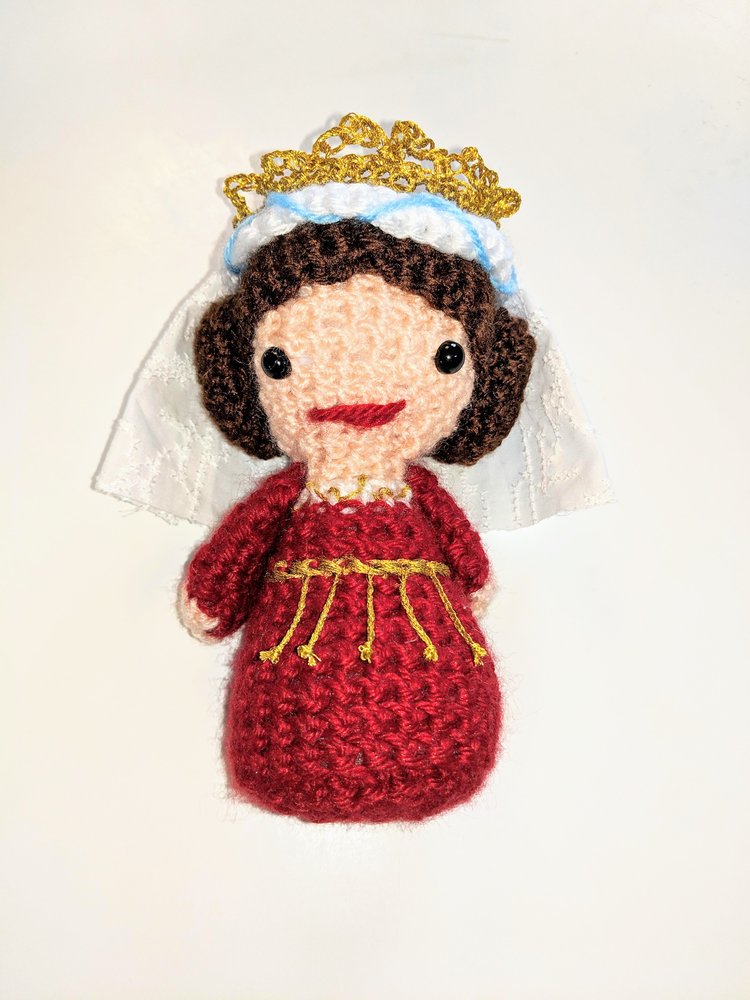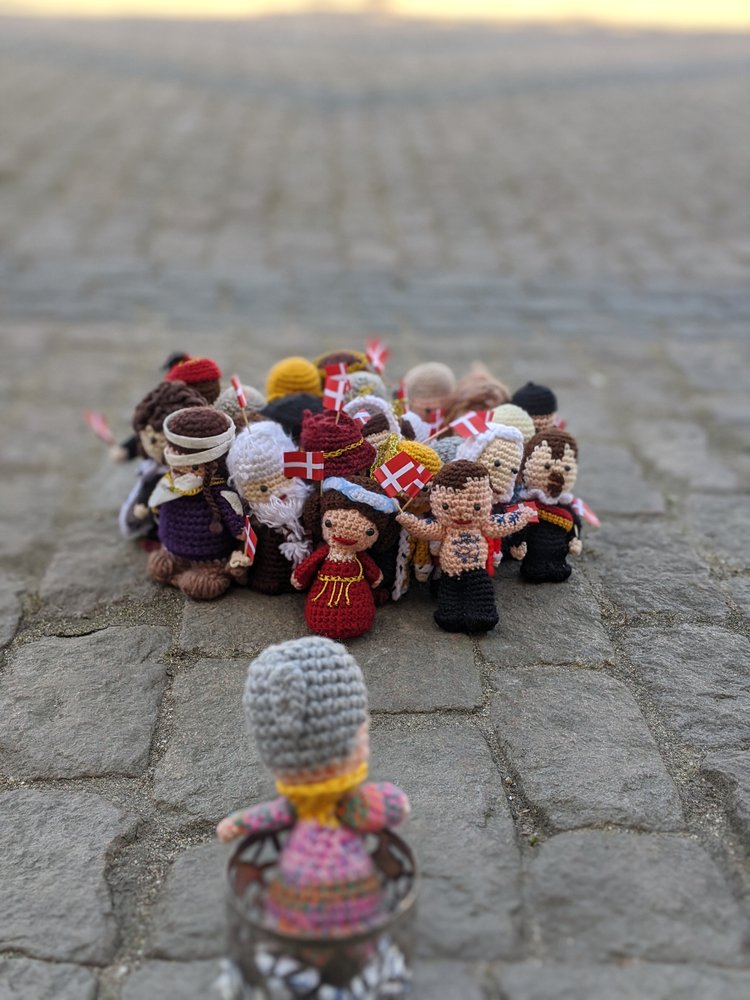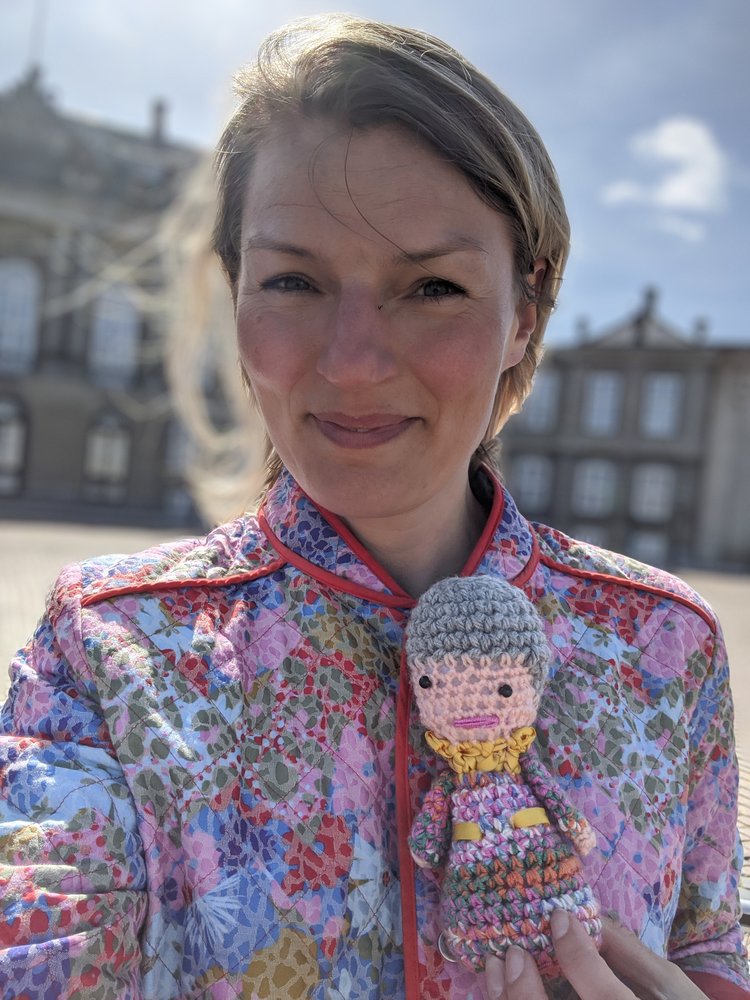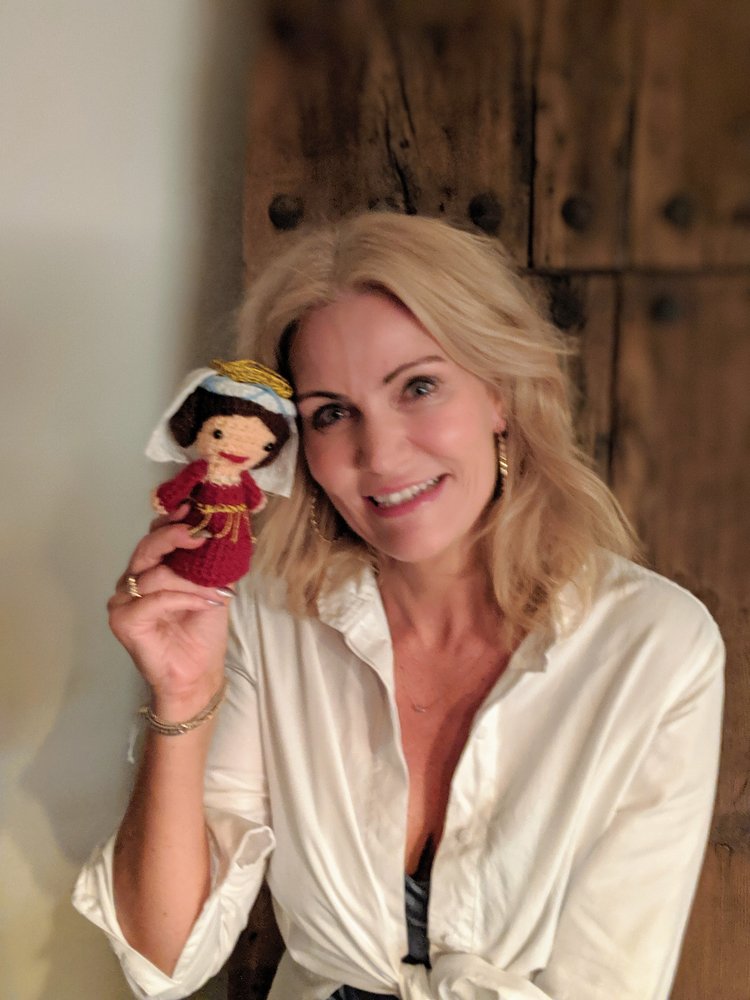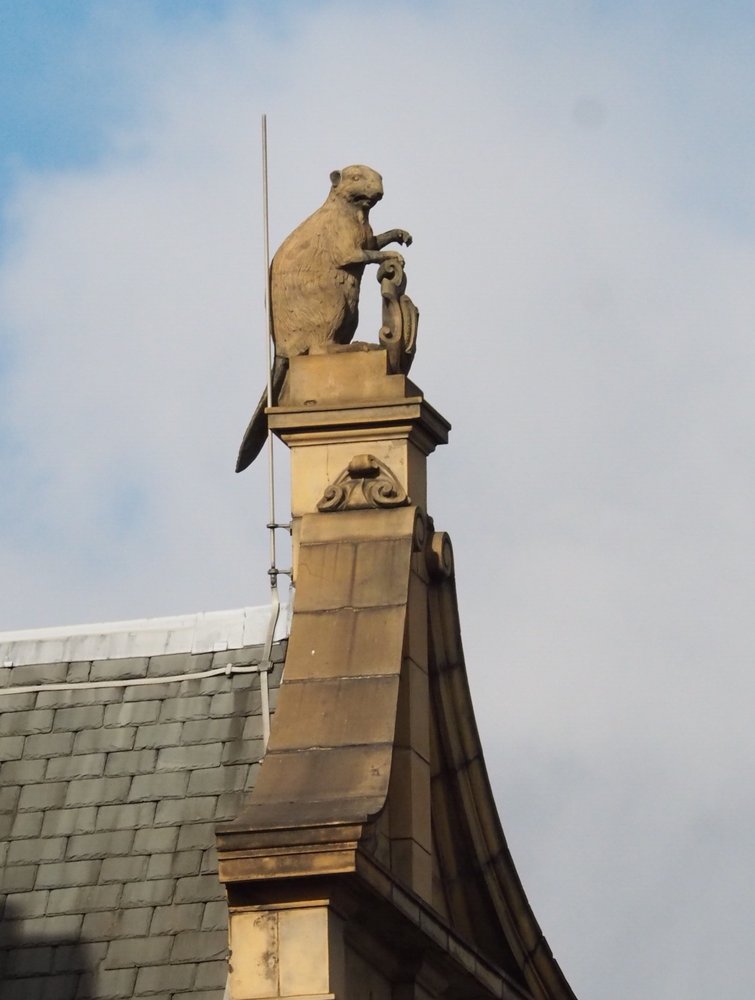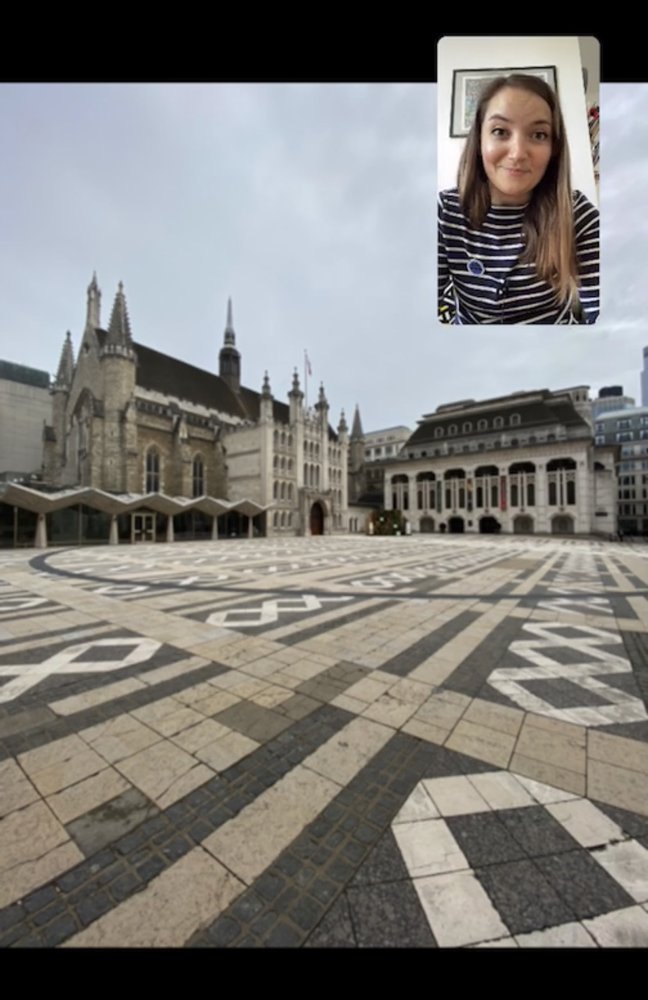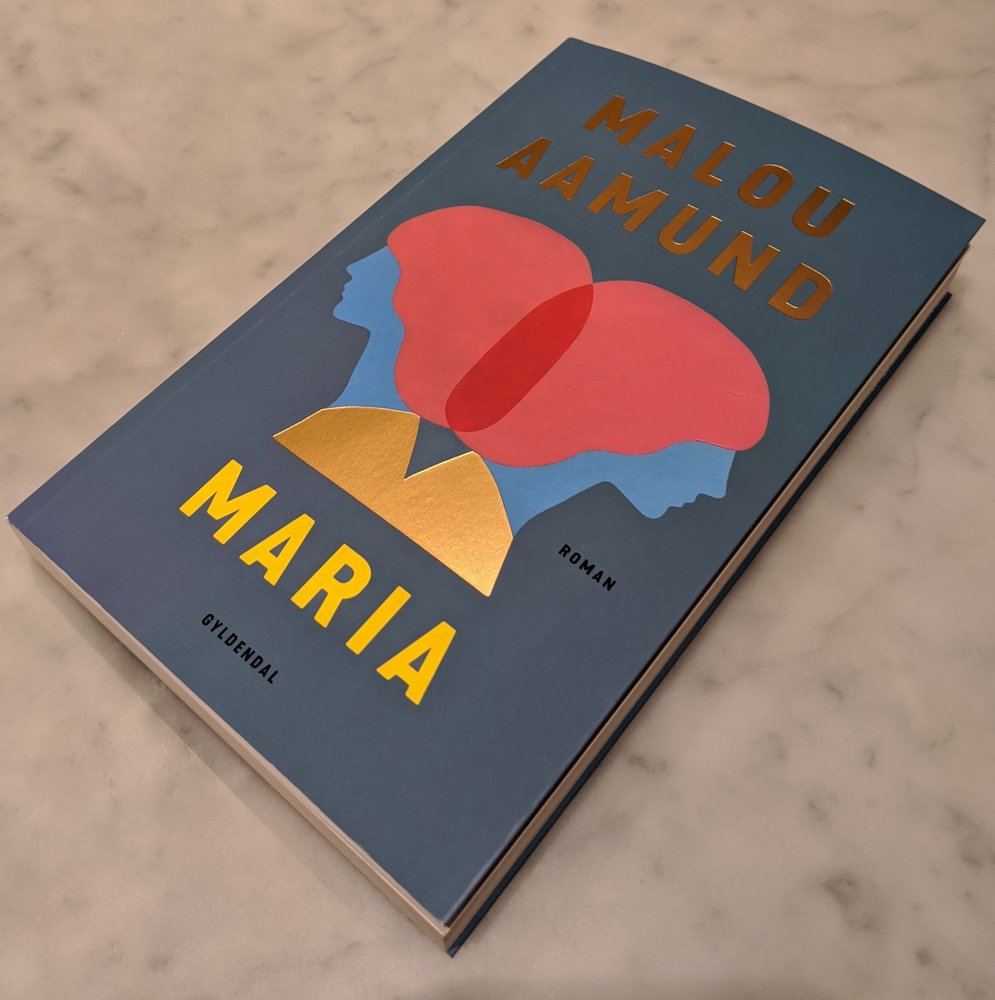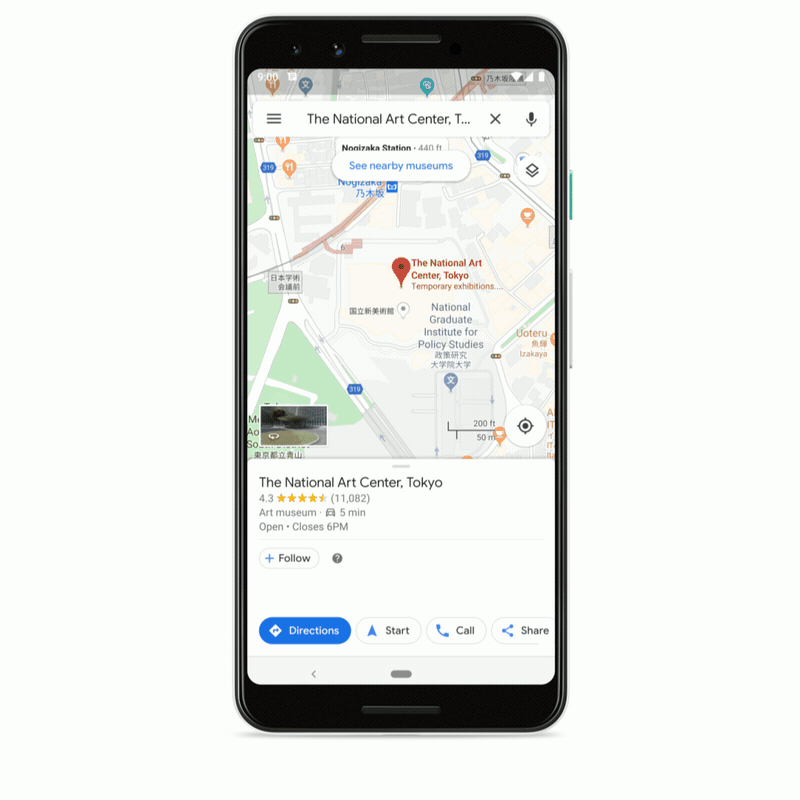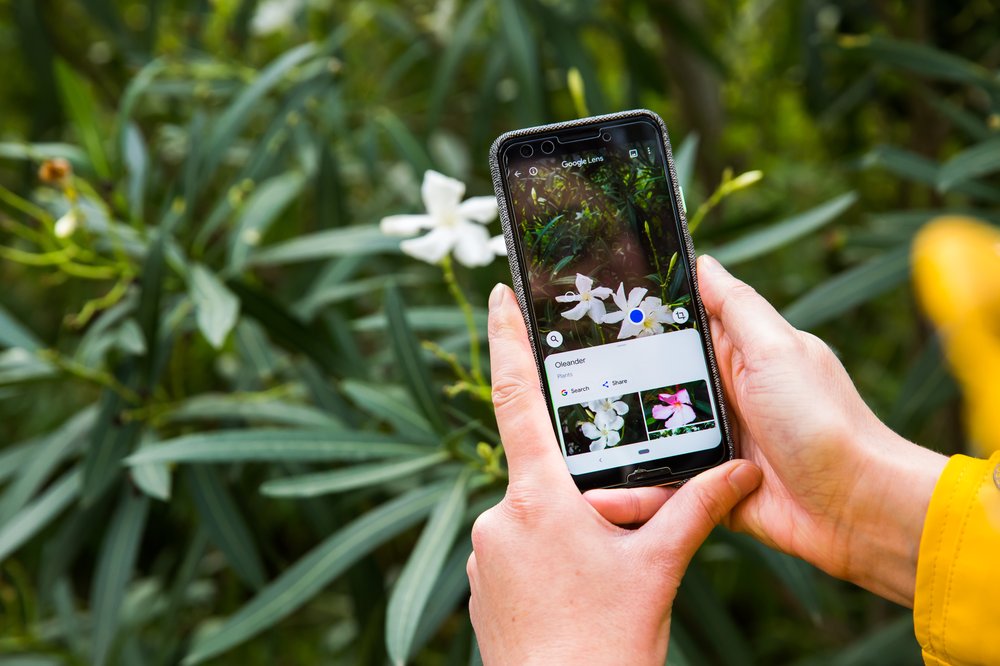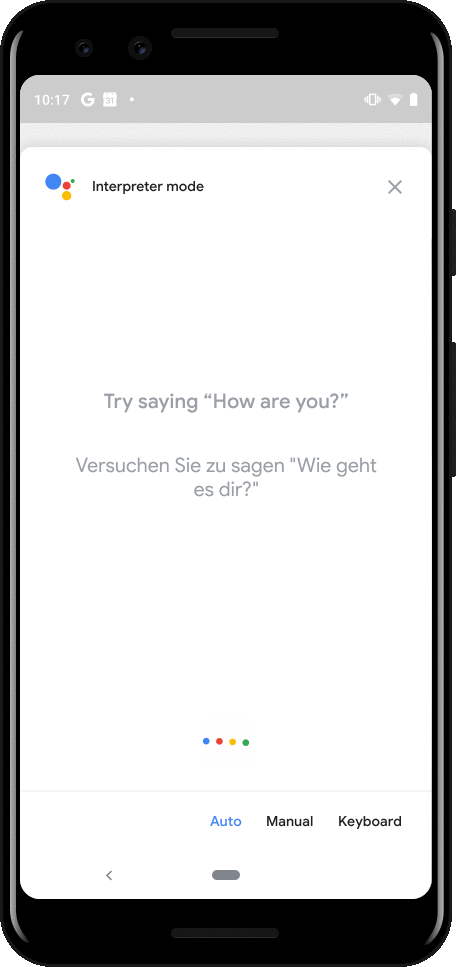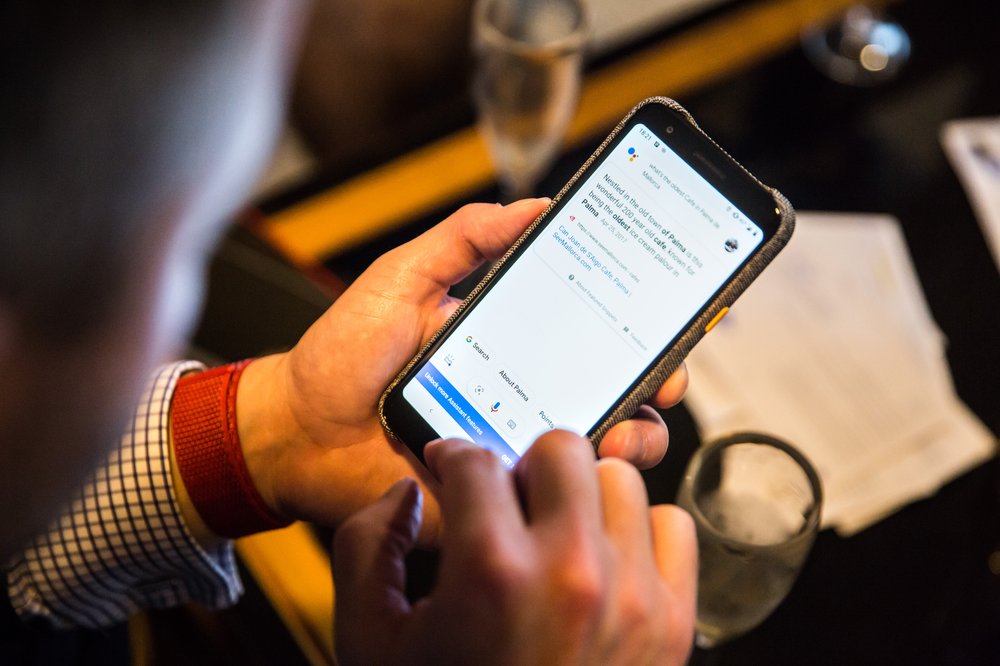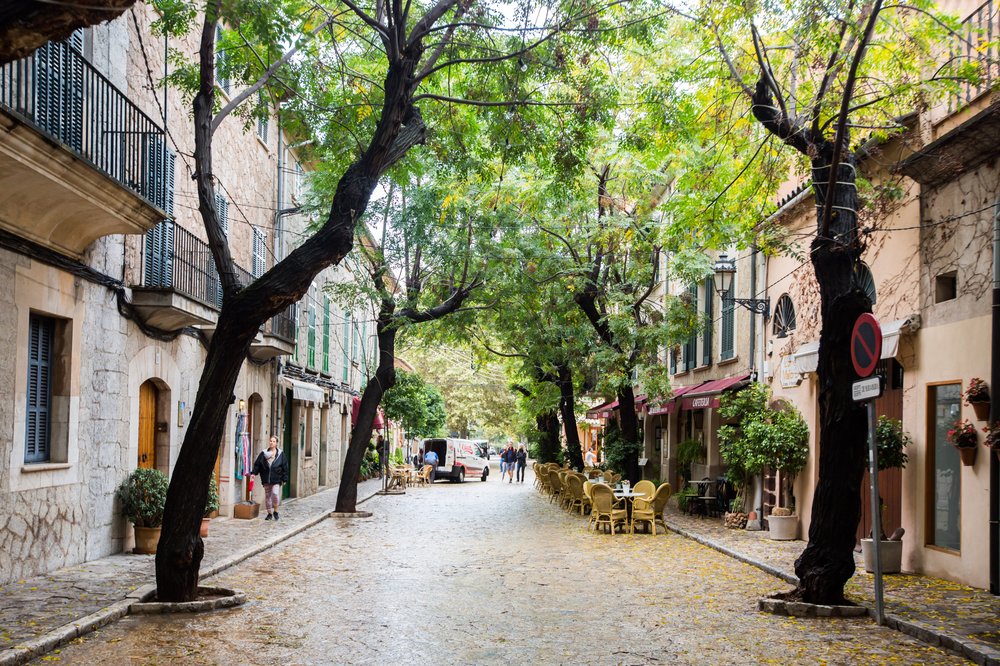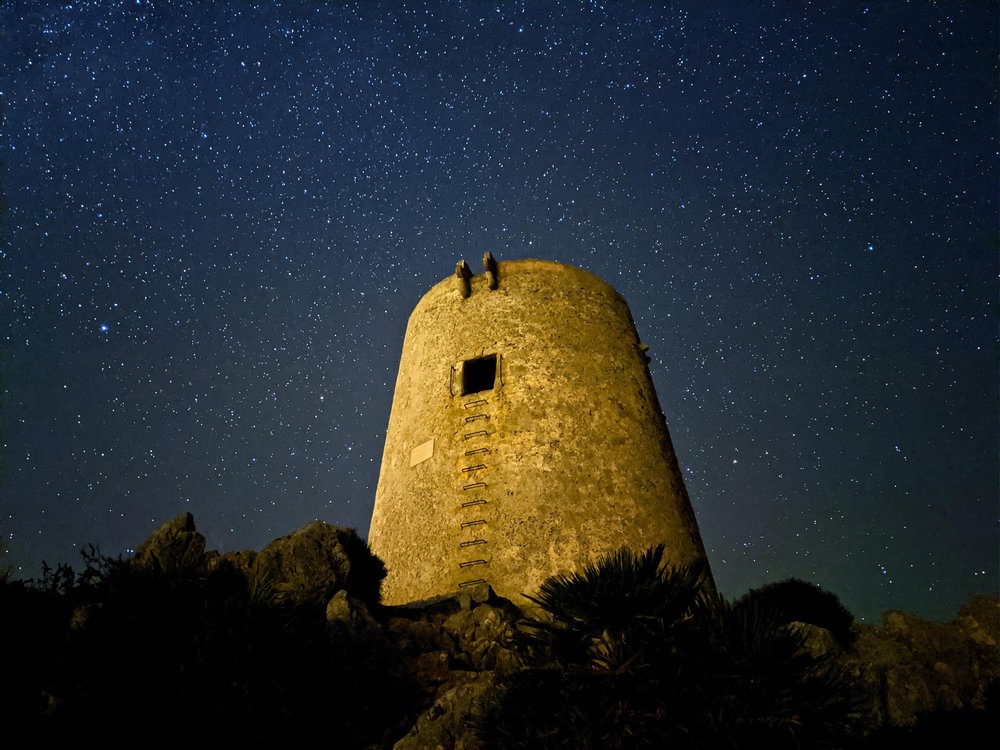Malou Aamund is the Country Director for Google Denmark—a role that’s typically associated with sales strategy, not fiction writing. But she recently became the author of a new bestselling novel.
Called Maria, it’s about two women who share the name. One of them chooses her family over everything else, only to find that she’s sacrificed and given away so much of herself that there’s nothing left of her own personality. The other Maria puts her career before everything and, in her determination to become a successful business leader, also loses herself.
“It’s about self help and personal development—this is fiction as a format for helping build your career,” Malou says. Typical career advice books—and there are plenty already—can be dry and detached. “I wanted to drive an experiment to see if you can get different emotions in people by putting this type of advice into fiction,” she says.
We (virtually) sat down with her to learn how her literary pursuits complement her day job—and vice versa.
How do you explain your job at a dinner party?
I’m responsible for all of Google’s business in Denmark, all the amazing things we’re doing with Grow with Google, and helping build small businesses. And I’m also responsible for how disruptive we are in many industries.
Your career has taken some strange detours—what are some of those?
The red thread has been that I’ve spent more than 20 years in tech at Microsoft, IBM and now Google. But along the way I also spent four years as a Member of Parliament in Denmark, representing the then-leading liberal party.
The idea of a political career started after I’d been on an international assignment in the U.S. for a few years. I got back to Denmark and thought, compared to the U.S., there was a standstill in our innovation agenda. As a business leader I could make recommendations, but what I really wanted was to take leadership and ownership. After I helped craft some policy reforms for the party, they asked if I’d be interested in running for office. And from there it was a wild and rewarding experience.
 Google is using AI to help people facing disease and natural disasters, and to provide new opportunities for underserved communities.
Google is using AI to help people facing disease and natural disasters, and to provide new opportunities for underserved communities.
 Google is using AI to help people facing disease and natural disasters, and to provide new opportunities for underserved communities.
Google is using AI to help people facing disease and natural disasters, and to provide new opportunities for underserved communities.
